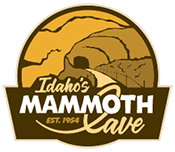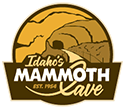The Bitterroot Mountains, part of the larger Northern Rocky Mountains, offer an unparalleled glimpse into Idaho’s wild beauty. Spanning the western border of Montana and the panhandle of Idaho, these rugged peaks are a testament to the raw power of nature. From glacial-carved valleys and towering summits to pristine wilderness areas and abundant wildlife, the Bitterroot Mountains are a treasure trove for adventurers, nature enthusiasts, and anyone seeking a peaceful retreat in the great outdoors.
A Geologic Marvel
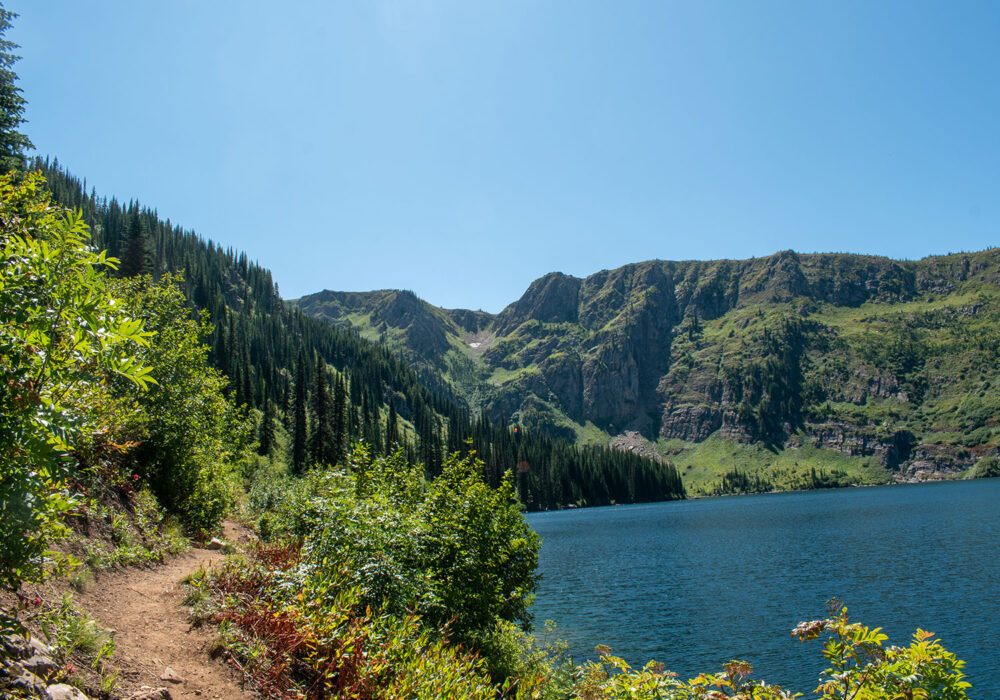
The Bitterroot Mountains owe their dramatic landscape to millions of years of geologic activity. Shaped by plate tectonics, volcanic eruptions, and glacial movements, these peaks showcase some of the most awe-inspiring geological formations in the United States. More than 50 million years ago, magma intrusions pushed their way toward the Earth’s surface, crystallizing deep underground and eventually forming the granite peaks we see today. Over time, glaciers sculpted the terrain, carving out U-shaped valleys and rugged ridges that define the Bitterroot Range.
Stretching approximately 165 miles in length and 75 miles in width, the Bitterroot Mountains form a natural border between Idaho and Montana. With elevations ranging from 2,200 feet along the Salmon River to over 10,000 feet at Trapper Peak, the range offers diverse ecosystems and breathtaking vistas.
Bitterroot National Forest: A Wilderness Paradise
The Bitterroot National Forest encompasses 1.6 million acres of scenic public lands, making it one of the largest protected areas in the region. Approximately 47% of the forest is designated as wilderness, including portions of the Selway-Bitterroot, Frank Church-River of No Return, and Anaconda-Pintler Wilderness Areas. These vast tracts of land represent the largest expanse of continuous pristine wilderness in the lower 48 states, offering an unparalleled sense of solitude and connection to nature.
The forest is divided into two main ranges: the Bitterroot Mountains to the west and the Sapphire Mountains to the east. Both ranges provide unique recreational opportunities, from hiking and camping to rock climbing and fishing.
Recreation in the Bitterroot Mountains
The Bitterroot Mountains are a playground for outdoor enthusiasts. With over 1,600 miles of trails, 18 developed campgrounds, and countless opportunities for adventure, the range offers something for everyone.
- Hiking & Backpacking: The Bitterroot Mountains are home to some of the most scenic trails in the Northern Rockies. Popular routes include hikes to alpine lakes, such as Blodgett Lake and Trapper Peak, the highest point in the range. These trails vary in difficulty, catering to both casual hikers and seasoned backpackers.
- Fishing: The range’s streams, rivers, and alpine lakes are teeming with fish, including brook, rainbow, and brown trout. Anglers can try their luck in the Bitterroot River or venture into the wilderness for a more secluded fishing experience. Remember to check Montana and Idaho fishing regulations before casting your line.
- Wildlife Watching: The Bitterroot Mountains are a haven for wildlife. Visitors may encounter deer, elk, moose, mountain goats, bighorn sheep, black bears, and even mountain lions. Birdwatchers will enjoy spotting eagles, hawks, and other raptors soaring above the peaks.
- Rock Climbing & Mountaineering: Climbers are drawn to the rugged granite peaks of the Bitterroot Range, particularly in areas like Kootenai Canyon and Blodgett Canyon. These locations offer routes for all skill levels, from bouldering to multi-pitch climbs.
- Water Sports: The fast-flowing streams and rivers of the Bitterroot Mountains are perfect for rafting, kayaking, and paddleboarding. The Selway and Salmon Rivers, in particular, are renowned for their thrilling rapids and scenic beauty.
- Winter Activities: When snow blankets the Bitterroot Mountains, the range transforms into a winter wonderland. Visitors can enjoy cross-country skiing, snowboarding, snowmobiling, and snowshoeing in the forest’s designated winter recreation areas.
The Selway-Bitterroot Wilderness
The Selway-Bitterroot Wilderness, one of the crown jewels of the Bitterroot National Forest, spans over 1.3 million acres. Known for its rugged terrain and remote character, this wilderness area is a haven for those seeking solitude and unspoiled natural beauty. The wilderness is crisscrossed by a network of trails that lead to hidden valleys, alpine lakes, and breathtaking vistas.
One of the most famous routes through the Selway-Bitterroot Wilderness is the Lewis and Clark Trail, which follows the path taken by the Corps of Discovery in 1805. This historic trail offers a glimpse into the challenges faced by early explorers as they traversed the rugged landscape in their quest to reach the Pacific Ocean.
History of the Bitterroot Mountains
The Bitterroot Mountains are steeped in history. In 1805, the Lewis and Clark Expedition crossed the range via the Lost Trail Pass, descending into the Bitterroot Valley, where they encountered the Salish Nation. This meeting took place at Ross’ Hole, a site now recognized for its historical significance.
During the early 19th century, the Bitterroot Valley became a gathering place for fur trappers and traders. Known as Pierre’s Hole, the valley hosted several rendezvous, including the famous 1832 gathering attended by hundreds of trappers and Native Americans.
The name “Bitterroot” originates from the bitterroot plant, a flowering herb that was a staple food source for Native Americans. Today, the plant is the state flower of Montana and symbolizes the region’s rich cultural heritage.
Flora & Fauna
The diverse ecosystems of the Bitterroot Mountains support a wide variety of plant and animal life. The range’s vegetation varies by elevation:
- Lower Elevations: Arid grasslands, shrublands, and ponderosa pine forests dominate the valley floor and foothills. These areas provide critical habitat for deer, elk, and other wildlife.
- Mid-Elevations: Stands of Douglas fir, lodgepole pine, and western larch thrive in the wetter, cooler mid-elevations, creating lush forests teeming with life.
- High Elevations: Subalpine fir, Engelmann spruce, and whitebark pine are common in the alpine zones, where mountain goats and bighorn sheep roam.
Planning Your Visit
To fully experience the beauty of the Bitterroot Mountains, consider these tips:
- Access Points: The Bitterroot Mountains are accessible from several towns, including Hamilton, Montana, and Salmon, Idaho. The range is also within driving distance of Missoula, Montana, making it a convenient destination for travelers.
- Best Time to Visit: Summer and early fall are ideal for hiking, fishing, and camping. Winter is perfect for skiing and snowshoeing.
- Permits: Permits are required for some activities, particularly in wilderness areas. Check with the Bitterroot National Forest for regulations.
- Safety: The Bitterroot Mountains are remote and rugged, so visitors should be prepared for changing weather conditions and carry essential supplies.
Why the Bitterroot Mountains are a Beautiful Place to Visit in Idaho
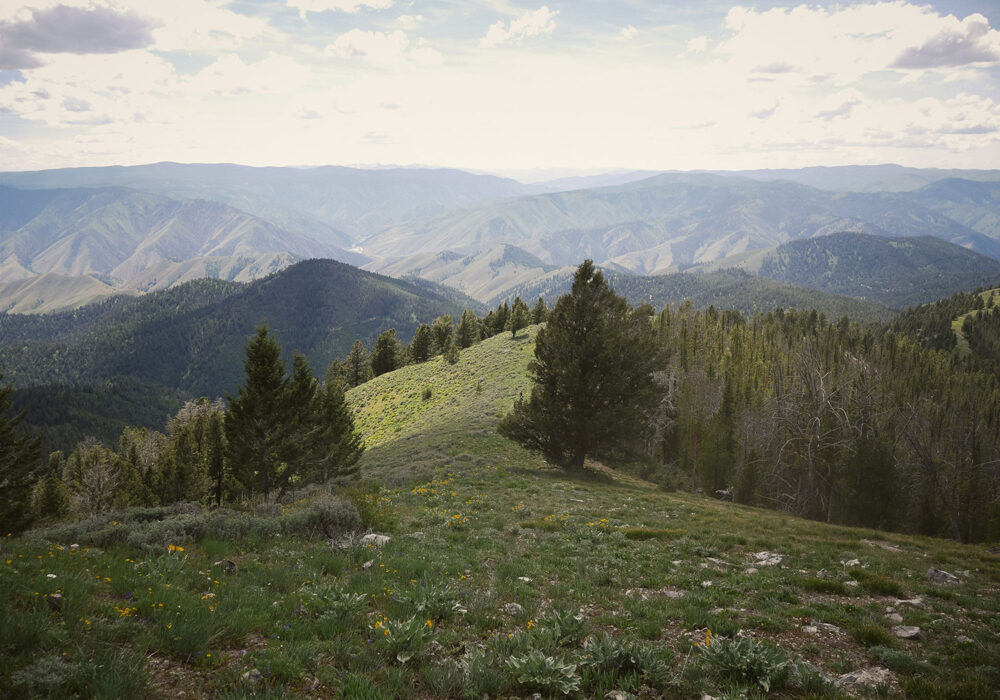
The Bitterroot Mountains are more than just a collection of peaks—they are a symbol of the untamed beauty and rich history of the Northern Rockies. Whether you’re standing atop Trapper Peak, fishing in a pristine alpine lake, or retracing the steps of Lewis and Clark, the Bitterroot Mountains offer an experience that is as inspiring as it is unforgettable.
For anyone exploring beautiful places to visit in Idaho, the Bitterroot Mountains are a must-visit destination. Their breathtaking landscapes, abundant wildlife, and endless recreational opportunities make them a true gem of the Gem State.
Quick Facts About the Bitterroot Mountains
- Location: The Bitterroot Mountains span the western border of Montana and the panhandle of Idaho, forming a natural boundary between the two states.
- Size & Scope: The range stretches approximately 165 miles long and 75 miles wide, encompassing 4,862 square miles of rugged terrain.
- Highest Peak: The tallest point in the Bitterroot Mountains is Trapper Peak, which stands at 10,157 feet above sea level.
- Geologic Origins: The range was shaped by millions of years of geologic activity, including plate tectonics, volcanic eruptions, and glacial movements, resulting in dramatic U-shaped valleys and granite peaks.
- Bitterroot National Forest: This vast forest covers 1.6 million acres and includes portions of the Selway-Bitterroot, Frank Church-River of No Return, and Anaconda-Pintler Wilderness Areas.
- Recreational Opportunities: With over 1,600 miles of trails, 18 campgrounds, and countless lakes and rivers, the Bitterroot Mountains are perfect for hiking, fishing, camping, rock climbing, and water sports.
- Flora & Fauna: The range is home to diverse ecosystems, from arid grasslands and ponderosa pine forests at lower elevations to subalpine fir and whitebark pine at higher altitudes. Wildlife includes elk, deer, mountain goats, bears, and eagles.
- Historic Significance: The Bitterroot Mountains were crossed by the Lewis and Clark Expedition in 1805 via Lost Trail Pass, and the Bitterroot Valley was a meeting site for fur trappers and Native Americans in the early 19th century.
- Selway-Bitterroot Wilderness: This wilderness area spans over 1.3 million acres and is known for its remote and unspoiled natural beauty, offering a haven for solitude and exploration.
- Popular Activities: Visitors can enjoy year-round recreation, including summer hiking and fishing, and winter sports such as skiing and snowshoeing, making the Bitterroot Mountains a versatile destination for all seasons.
Idaho’s Mammoth Cave
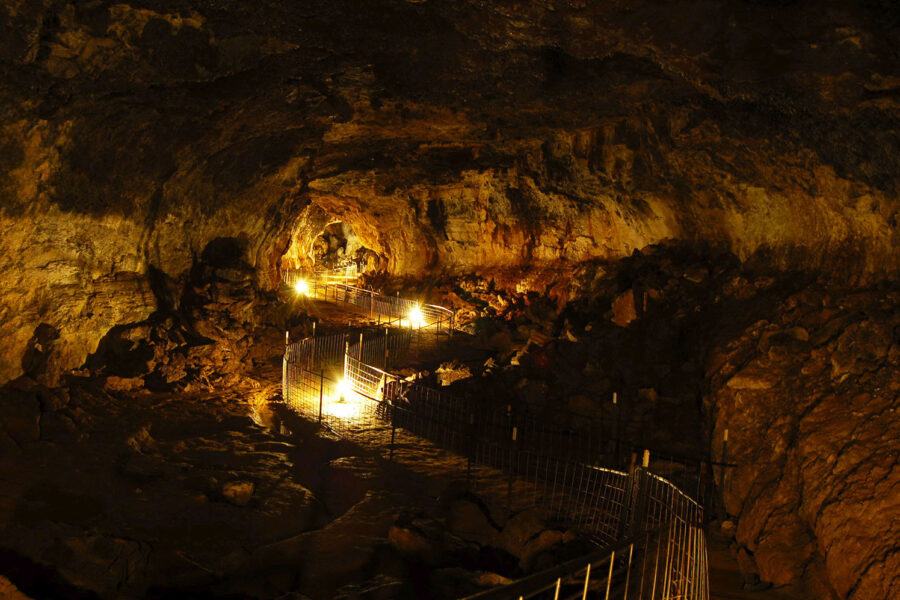
Planning a trip to Idaho? Don’t forget to put Idaho’s Mammoth Cave at the top of your list. As one of the most beautiful places to visit in Idaho, you can explore a unique and awe-inspiring underground landscape at your own personal pace with our self-guided tours. In addition to the cave, there are two privately owned museums of natural history on-site, the Shoshone Bird Museum and the Richard Arthur Olsen Museum featuring a wealth of exhibits that has earned them nickname “The Smithsonian of the Desert,” making it an unforgettable stop for the whole family.
Located eight miles north of Shoshone, Idaho, on Highway 75, Idaho’s Mammoth Cave will be open for seasonal tours from May – October, from 10 a.m. to 6 p.m. (with the last tours of the day going out at 5 p.m.), 7 days a week, including all major holidays. For more information, visit idahosmammothcave.com or call (208) 329-5382.
